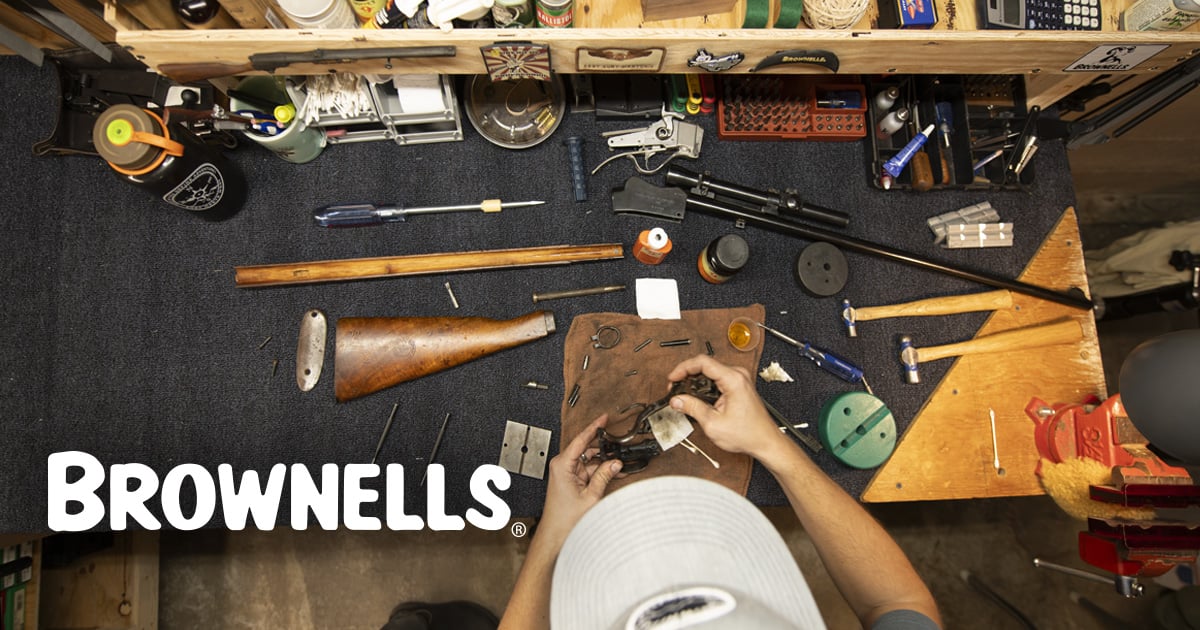I think I found a long running issue, but now to what caused it. Some of my brass doesn't chamber after sizing. It appears someone I've added a rolled edge that can be removed with a little extra case prep (de-burring), but I'm trying to understand why or how brass ended up this way. (Exaggerated cross section below--the red portion is about 0.001, just enough to prevent chambering in case guage, or chamber--some are worse than others )

Again, I can use my case prep tool to remove the red portion, but WHY is that appearing in the first place. Is that natural and I just need better case prep or an error in my sizing/reloading process
TYIA
Again, I can use my case prep tool to remove the red portion, but WHY is that appearing in the first place. Is that natural and I just need better case prep or an error in my sizing/reloading process
TYIA



